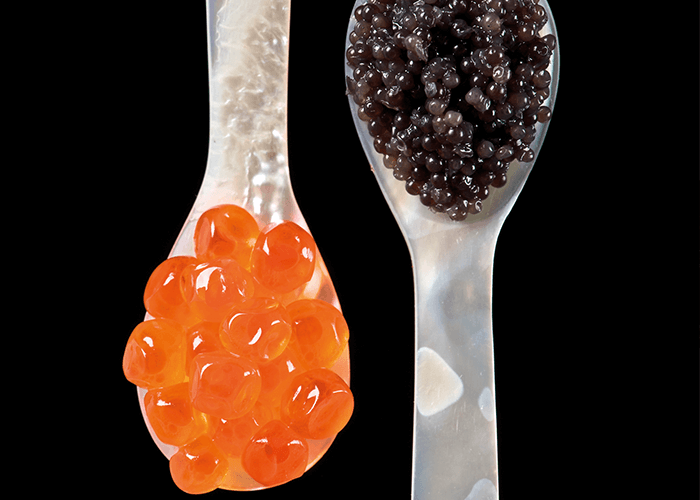What? Caviar has increasingly been used in cosmetic products as a source of lipids – marketed for their antioxidant, emollient and moisturizing properties. In a recent study (1), brill eggs were compared with sturgeon eggs, following determination of fatty acids, such as linoleic and linolenic acids and triacylglycerols (TAGs).

Who? Federica Dal Bello and her team from the Department of Molecular Biotechnology and Health Sciences, University of Torino, Italy. Why? Simply put: sturgeon eggs are expensive. Finding a cheaper substitute and reducing cost of production would be of interest to both manufacturers and consumers. How? The levels of fatty acids (considered to “promote vitamin A and E activity,” according to the published paper) were determined using GC-MS; HPLC coupled with high-resolution mass spectrometry (HMRS) was used to identify and characterize the triacylglycerol molecules (thought to enhance skin metabolism). Findings? It turns out that, when it comes to luxury skincare, nothing but caviar cuts it. The brill eggs showed very low concentrations or an absence of fatty acids, such as linoleic and linolenic acids – crucial for that sought-after skin “rejuvenation.” Plus, caviar eggs had eight times the amount of TAGs.
References
- F Dal Bello et al., “Caviar versus brill eggs: A novel high performance liquid chromatography-mass-spectrometry application for evaluating cosmetic ingredients composition”, Eur J Lipid Sci Technol, 118 (2016)




